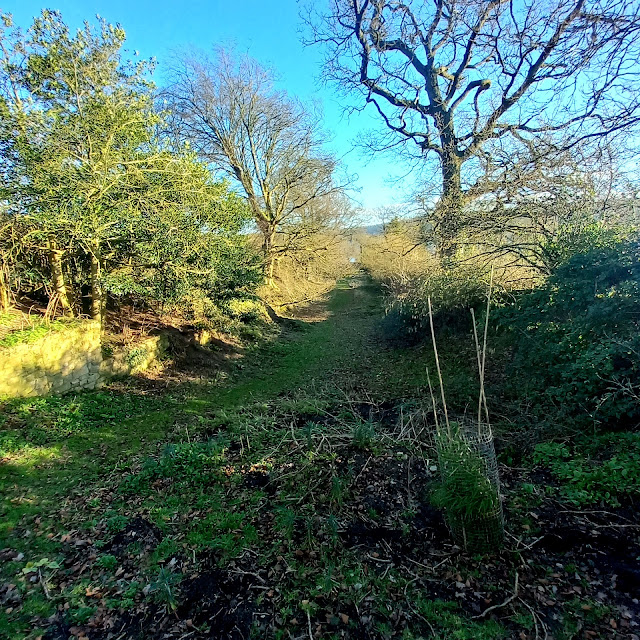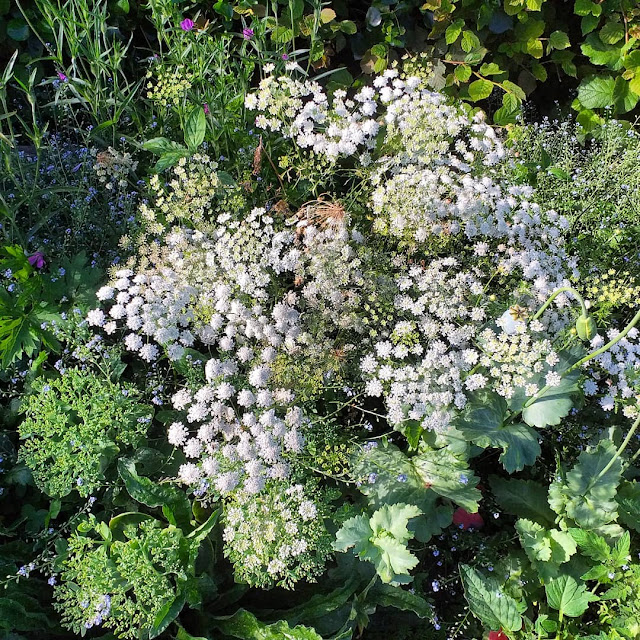Embracing Rewilding with Chew Gardens
In recent years, there has been a growing trend towards embracing rewilding in garden design, and for good reason. Rewilding, at its core, is about restoring and reintroducing natural processes and native species into landscapes, creating thriving ecosystems that benefit both wildlife and humans. As a gardening service dedicated to sustainability and environmental consciousness, we believe that rewilding represents a powerful opportunity to transform outdoor spaces into vibrant havens of biodiversity.
What is Rewilding?
Rewilding is an approach that seeks to restore and enhance gardens by allowing nature to take its course. It involves reintroducing native plants, creating habitats for wildlife, and reducing human intervention in the landscape. Rather than imposing strict control over every aspect of a garden, rewilding encourages a more hands-off approach, allowing natural processes to unfold and supporting the growth of diverse plant and animal communities.
Why is Rewilding Important?
The importance of rewilding cannot be overstated. In a world facing unprecedented biodiversity loss and environmental degradation, rewilding offers a ray of hope. By creating pockets of wilderness within urban and suburban areas, we can provide refuge for struggling species, support pollinators essential for food production, and improve the overall health and resilience of our ecosystems. Rewilded spaces also offer numerous benefits for humans, including improved mental well-being, reduced urban heat island effects, and increased opportunities for outdoor recreation and education.
How Can We Help?
We are passionate about helping our clients embrace rewilding principles in their outdoor spaces. Here are some ways we can assist:
- Native Plant Selection: We support in selecting and incorporating native plants into garden designs. Native species are well-adapted to local conditions and provide essential food and habitat for native wildlife.
- Habitat Creation: From installing bird feeders and bat boxes to creating ponds and insect hotels, we can design and implement habitat features that attract and support a wide range of wildlife.
- Natural Landscaping: Our landscaping services can include naturalistic designs that mimic the look and function of wild landscapes. This might include meadow plantings, rockeries, or woodland gardens that require minimal maintenance and encourage biodiversity.
- Pollinator Gardens: We can design and plant pollinator-friendly gardens filled with nectar-rich flowers and host plants for butterflies, bees, and other pollinators crucial for ecosystem health.
- Wildlife Corridors: By strategically planting native hedges, shrubs, and trees, we can create wildlife corridors that connect fragmented habitats, allowing for the safe movement of animals through the landscape.
Landscaping Examples of Rewilding Garden Features:
- Rain Gardens: These are designed to capture and absorb rainwater runoff, reducing erosion and filtering pollutants while providing habitat for moisture-loving plants and insects.
- Meadow Areas: Replace traditional lawns with wildflower meadows, which support a diverse array of pollinators and provide seasonal interest with their ever-changing blooms.
- Pond or Water Feature: A pond not only provides a water source for wildlife but also creates a habitat for aquatic plants, amphibians, and other water-loving creatures.
- Log Piles and Brush Stacks: These provide shelter for insects, small mammals, and amphibians, forming an essential part of the garden's ecosystem.
- Native Hedge: Planting a native hedge creates a living boundary that provides food, shelter, and nesting sites for birds and small mammals.
Selecting Natural Materials for Hard Landscaping:
In addition to creating habitat features and planting native species, selecting natural materials for hard landscaping areas can further enhance the rewilding ethos of a garden. Here we prioritize the use of sustainable and locally sourced materials that blend seamlessly with the surrounding environment.
Here are some examples:
- Stone Paving: Instead of opting for concrete or synthetic materials, consider using natural stone for patios, pathways, and retaining walls. Stone paving not only adds a rustic charm to the landscape but also allows rainwater to permeate the soil, reducing runoff and supporting groundwater recharge.
- Wooden Structures: Incorporating timber elements such as pergolas, fences, and raised beds can introduce warmth and texture to the garden. Choose FSC-certified or reclaimed wood to minimize environmental impact and promote responsible forestry practices.
- Gravel Surfaces: Gravel can be an excellent alternative to traditional paving materials for driveways and pathways. It allows rainwater to infiltrate the soil, preventing erosion and supporting the growth of drought-tolerant plants.
- Natural Edging: Use materials like logs, boulders, or locally sourced rocks to define garden beds and borders. Natural edging blends harmoniously with the surrounding landscape and provides habitat for small animals and insects.
Methods for Sustainable Hard Landscaping:
In addition to selecting natural materials, employing sustainable construction methods can further reduce the environmental footprint of hard landscaping projects. Here are some practices we endorse:
- Green Roofs and Walls: Incorporating green roofs or living walls into hardscape designs can increase biodiversity, improve air quality, and enhance thermal insulation.
- Rainwater Harvesting: Install rain barrels or cisterns to capture rainwater from hard surfaces like roofs and driveways. This harvested water can then be used for irrigation, reducing the demand on municipal water supplies.
- Low-Impact Construction: Minimize disturbance to the existing landscape during construction by using hand tools or small machinery where possible. Protect existing vegetation and soil structure to preserve the integrity of the ecosystem.
By integrating natural materials and sustainable methods into hard landscaping areas, we can create outdoor spaces that not only support biodiversity but also promote responsible environmental thinking. Together, we can build gardens that are not only beautiful but also in harmony with nature.



Comments
Post a Comment